Krishna Ramachandran is chief information and transformation officer at Dupage Medical Group, Downers Grove, IL.

Tell me about yourself and the group.
I’m the chief information and transformation officer at Dupage Medical Group. DMG is a 400-doctor independent multi-specialty group practice. We’re about 50-plus specialties, about 60 or so locations spread out in Chicago’s western suburbs.
My role primarily is to drive the Value Driven Health Care initiative, focusing on improving patient outcomes, reducing healthcare costs, and increasing access to care using a combination of technology and process improvement. I have a team of project managers, training, and IT fall under me.
Does it make it easier to have the IT function together with the quality improvement function so they can work as a team?
I think yes and no. QI actually doesn’t roll up under me any more now.
I used to work at Epic for many years. Then I came in and joined clinical operations. I had QI also at that point. When I took on IT, I moved QI back to clinical operations.
But I think quality these days is working hand in hand with technology. We want to make sure we’re all aligned with the same goals in terms of data, data mining, analytics, and reporting. How we use technology to drive care and how care gets delivered is the goal behind this.
CIOs and the IT department have what it takes to do that work, setting project deliverables and making sure everybody’s accountable. Should CIOs seek out a quality role like that?
I’ve seen the evolution of IT from my Epic days to here. The role of the CIO is changing. Before, it was just keep the lights on. Now I think it’s more of a strategic partner with where the organization is going. That’s certainly evolved.
I don’t think there’s a whole lot of pitching and case-making that one has to do. Keeping the lights on these days is taken for granted. You expect the systems to be up. You expect the network be up. It’s about how we use technology to partner with the group, whether it’s growth within an organization, whether it’s taking on more of a risk profile, whether it’s doing more analytics and data mining, whether it’s doing telemedicine. Those are all things I think the organization is moving towards.
The role of technology and the CIO is changing and in some ways becoming more tied to the clinical operations. My advice to them would be pay attention, be in these meetings, figure out where the business is going, and then see how you can come up with answers for that as opposed to waiting to be asked.
In the Value Driven Health Care project, what kinds of technologies are you employing?
The three pillars of our value-driven healthcare initiative are quality, efficiency and access. Quality certainly is working closely with the QI department, working closely with the clinical operations. Making sure we are setting up the EMR in a way that it’s capturing the right data we need, making sure that we understand what the needs are for our physicians and staff members to collect, and of course making sure that we can report on this in a meaningful sort of manner.
One of the things we’ve added under the quality umbrella are transparent dashboards. We crank out dashboards monthly or quarterly that are unblinded, transparent, and one line per doctor to make sure that we are seeing where we need work on and making sure we are making progress towards achieving organizational goals. That’s the quality part.
Efficiency, what we’ve done from a technology perspective is, it is a big efficiency equation and the healthcare system is trying to solve it. How do we take different and better care of our really sick patients? We’ve employed fundamentally tools such as Epic as well as Clarity or SQL report writing on top of that. Essentially what we’ve done is two things, We’ve written tools to do modeling and risk stratification of our patient database. Really figured out who our high-risk patients are. We use that result to see if we can partner with our patients to have them go through what we call our Break Through Care Center, opened in January. It’s a high-risk, high-touch care model with nurses, health coaches, educators, social workers, and pharmacists all on site. The idea is to use technology, partner with operations, and make it happen. Technology is like a pen. You can write like a third grader, you can write like Shakespeare. It’s what you do with it that counts. That’s the efficiency side.
The access side, we’ve really been doing more with Epic’s MyChart. Our big goal is trying to get 175,000 active patients by the end of this year. We’re at 150,000 as of today. We’re excited about that. Laying the foundation for meeting our patients when and where and how they want to be seen. Where they can send us messages via an app. Ultimately I think we’ll probably want to do some telemedicine and e-visits and stuff as well, maybe next year. Those are ways in which we’re implementing technology for our QEA efforts.
A lot of organizations are just beginning to collect the data that they need from newer clinical systems, while others have moved on to looking at other sources of data to combine for a population health view. Are you using or planning to use information that does not originate inside the group?
We are starting to. One of the most common challenges is that the silos of data has been a struggle. As we get to Meaningful Use, ACOs, and risk stratification, it’s getting to be more and more of a challenge.
A big chunk of our data model comes from data we already have. We’ve been an Epic shop since 1995, EMR since 2006. There’s a good chunk of clinical data that’s in our system there.
We are using data from our hospital partners. We get flat file extracts from our hospital partners for patients that have had admissions or ER visits in these hospitals. We get it from our top three hospitals.We’re working to expand the data we get and more hospitals as well.
We feed that into our predictor model, especially for the Break Through Care Center, which is the high-risk clinic I was talking about. We also send the data to Humedica, which is a clinical intelligence tool that we implemented, but we’re starting to do more work with it as well. We can get the fuller picture of the patient view — inpatient, outpatient, and other hospital systems, too.
As of the end of April, we have an image of Edward Hospital and Health Services, also being in our same shared instance of Epic, which is pretty cool. At least we have one record for the patient there. But getting flat files is what we’ve done for other hospitals and other places and we’re starting to use that more.
On the more patient-specific end of the spectrum, are you able to use Epic to provide guidance to physicians during the encounter differently than you might have five years ago?
Absolutely. I think there’s a few ways to kind of skin this cat. I spoke to you about the dashboards. These are Epic data, but it’s not on a real-time basis. It’s basically done monthly or quarterly. Just gives them a big picture. Hey, how are we doing with diabetes results? How are we doing with A1C? How are we doing with BP control.That’s one angle of it.
The other thing we’ve done is deployed Epic’s Reporting Workbench. They get a list of patients that are, say, part of Blue Cross Blue Shield. At a glance, you can see how they’re doing with each of those measures for the patients that they are responsible for. Then we take it one level deeper, which is we have these Best Practice Advisories that show up for key disease states – diabetes, CHF, COPD and asthma – so if a patient has one or more of these conditions, these BPAs show up at the point of care, which shows them, hey, here’s the most recent lab values, most recent BP, and so on and so forth. And give them easy access to order sets where they can place referrals if need be or repeat labs if needed as well as give them hints on evidence-based guidelines, whether it be the American Diabetes Association or in partnership that our endocrinologists have come up with.
That’s our point-of-care piece. I do think there’s more opportunities for the actual point of care. As we get deeper into our ACO world, we’ll expand our point-of-care alerts and guidance, I’m sure.
You spent eight years working at Epic. What did that experience prepare you to do and where do folks who leave Epic typically land?
There’s a lot of opportunities, a lot of money being pumped in. The industry – broadly, not just as IT — is going through a transformation around the move from evolving value and getting more of the analytics. There’s tremendous opportunities for healthcare IT professionals and obviously anybody that has an Epic background is clearly valued a lot. I’ve notice, at least, because we’ve used consultants and many of them have worked there in the past.
You’ve written many times about their hiring model, a lot of young go-getters that want to do the right thing. Those are the people that come in and they get molded. The key thing at Epic is do the right thing by the customers, something deeply ingrained in the culture. Finding creative solutions to solve the client’s problem is just very inherent in how Epic does business. That’s certainly helpful as these people come out and work with healthcare systems. There’s a lot of drive in these people to do the right thing, solve some of the problems.
Epic, as you know, is a complex system. There’s a lot of layers, a lot of moving parts. Certainly knowledge people bring from Epic outside of Epic has been helpful to get things done quicker. One of my favorite Carl Dvorak quotes is, “How do you figure out the shortest path of cutting through the swirl?” That’s what I did in my time at Epic. I used to run the technical services division. How do you get at the core of the problem and get at what you need to do to solve the problem? The people that have done in a stint at Epic in many different ways are able to do a better job than the average healthcare worker. Getting to the core of the problem, using Epic, and solving the problem there.
What challenges over the next several years will be most important to the medical group?
The biggest challenge for me is the healthcare system, as such. We have to take different care from a risk perspective. There’s a Boston Consulting Group statistic which is 15 percent of Medicare beneficiaries account for 75 percent of Medicare spending. These are people that have multiple chronic conditions. These are patients that have CHF and diabetes and kidney failure, all these things happening together. As a system, the fee-for-service model is every patient gets treated somewhat similarly. Our big challenge is, how do you truly take different care of these patients that need a higher touch point, that need a different kind of care than a 20- to 30-minute office visit?
Along with that kind of business-driving change, there are technology changes. Analytics is such a buzzword these days. Everybody feels like they can do big data. We’ll see how the industry starts to coalesce around directionally where we need to go from an analytics perspective, come up with some meaningful solutions that focus on the right problems to solve. I think we’ll see a lot more work from healthcare IT vendors like Epic and others doing more in the system. Epic’s done some work with their Cogito data warehouse, more work with Reporting Workbench. But many, many miles to go before we can rest in the area of population management and data mining. I think a lot more focus will happen there.
We spend a lot of money as a nation on healthcare and we don’t always get returns that are consistent with it. As a way to taking different care of that 15 percent of population, we’re going to see more solutions operationally, clinically, as well as technologically — reporting, EMR — geared towards doing a different, better job with our patients. That’s where my prediction is. Even our own work starting of this high-risk clinic in January, doing more population management work around reporting and unblinded dashboards, doing things like home monitoring, MyChart. Moving away from fee-for-service, taking on a larger risk footprint.
Any final thoughts?
I just want to thank you for doing what you do. I’ve been a big fan of HIStalk since my days at Epic. It’s always been good. At Epic, they used to follow it closely and I certainly continue to do it here, so thank you for doing what you do.



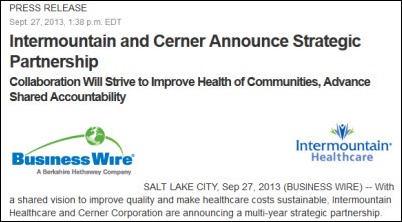


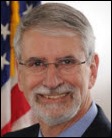



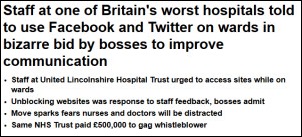





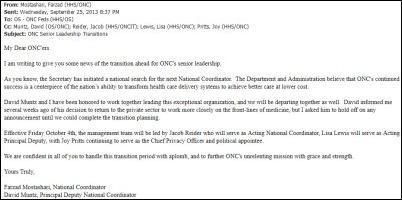
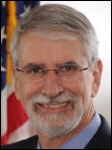
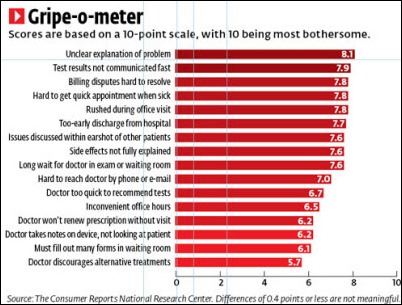

 A few highlights from
A few highlights from 


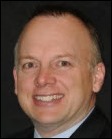




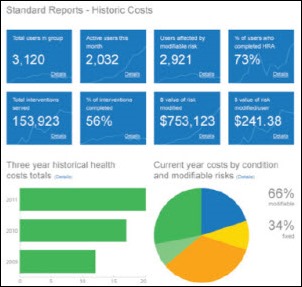




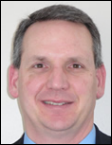






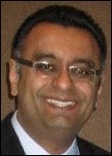

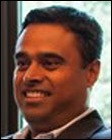
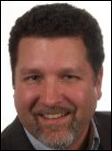


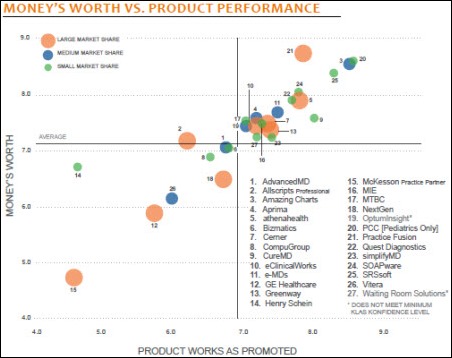










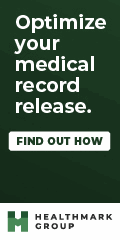

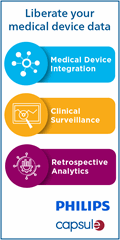
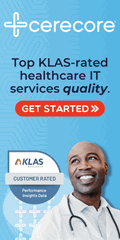

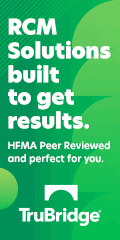
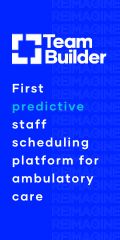
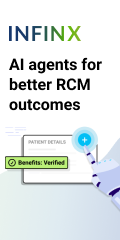
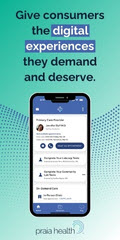
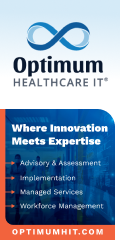


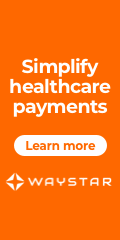








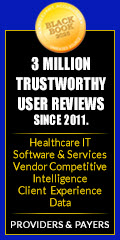



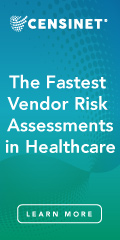


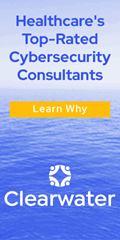









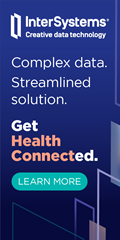








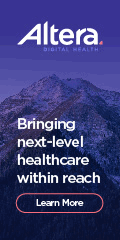


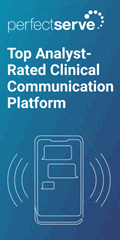
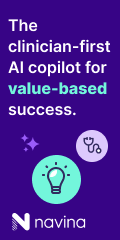


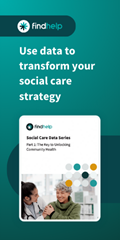







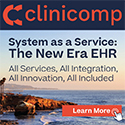







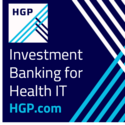
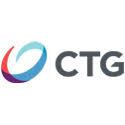





What a refreshing perspective. Your journey is inspiring.